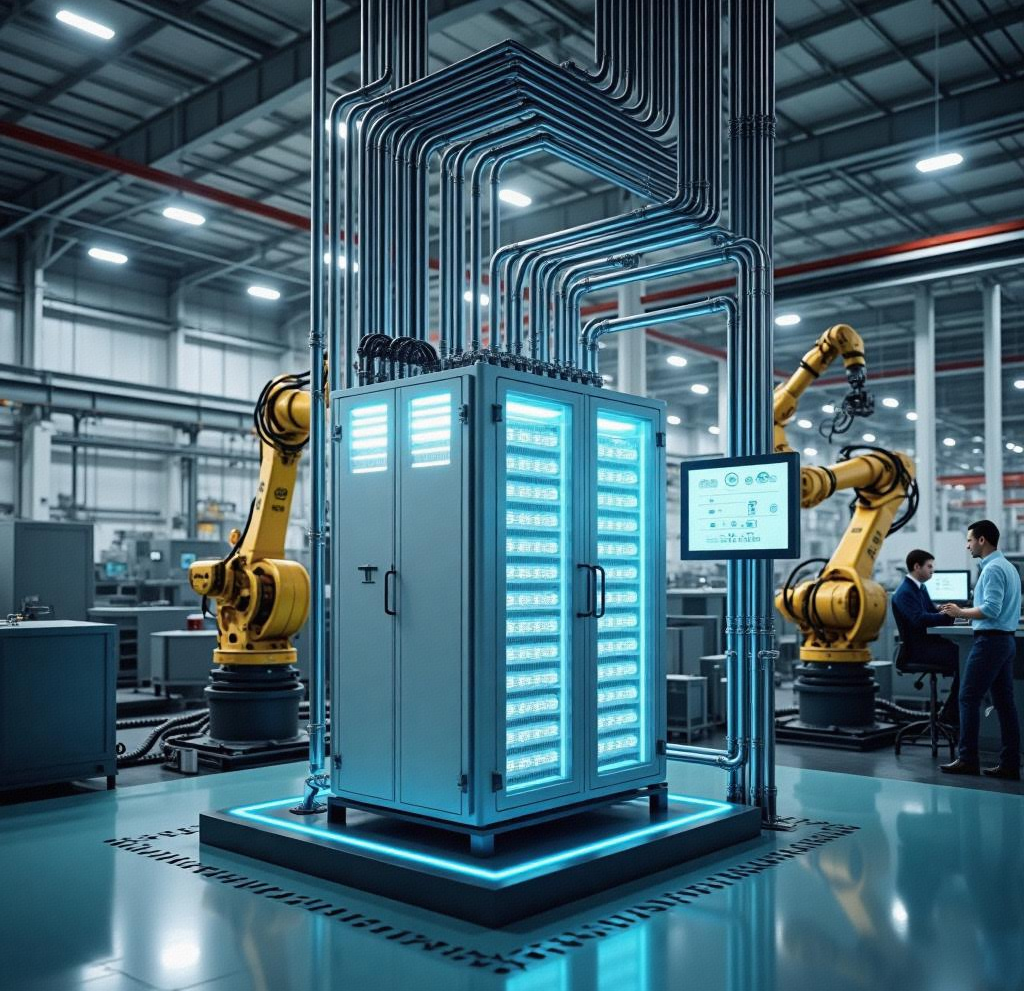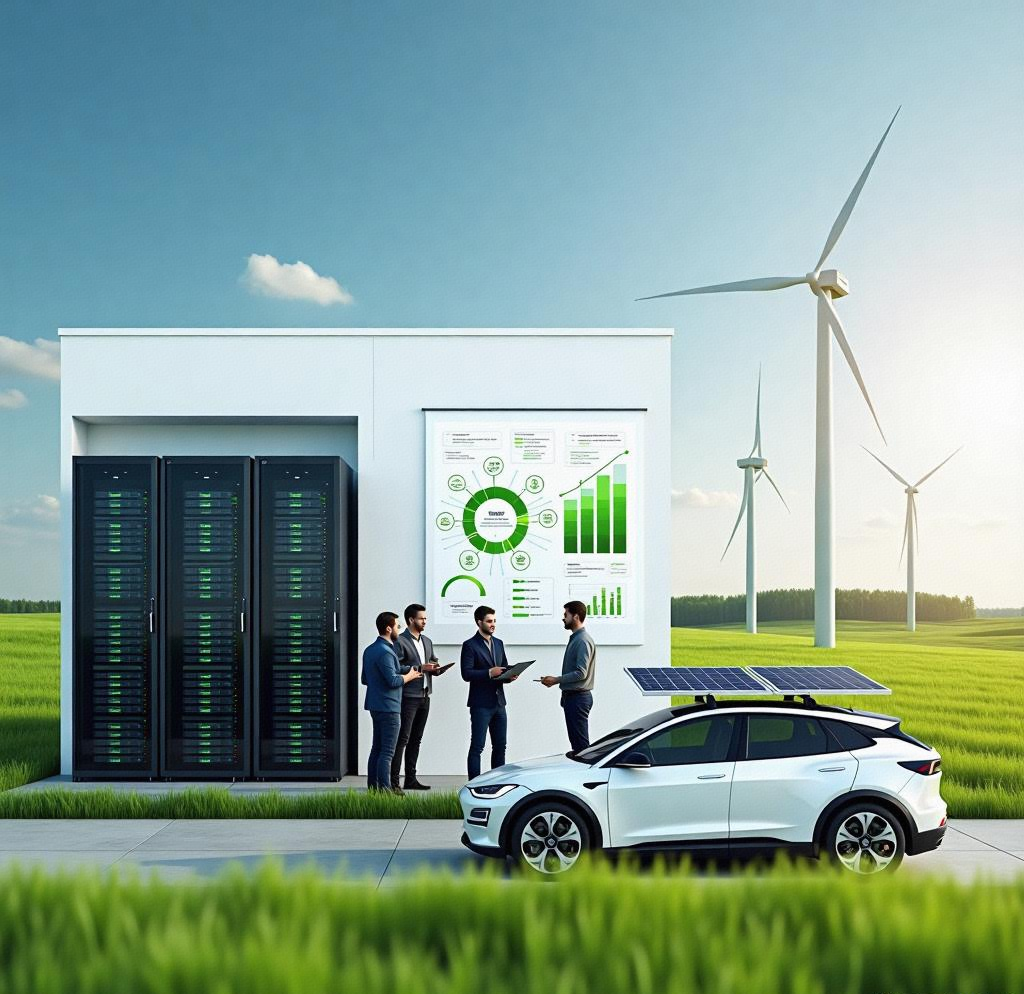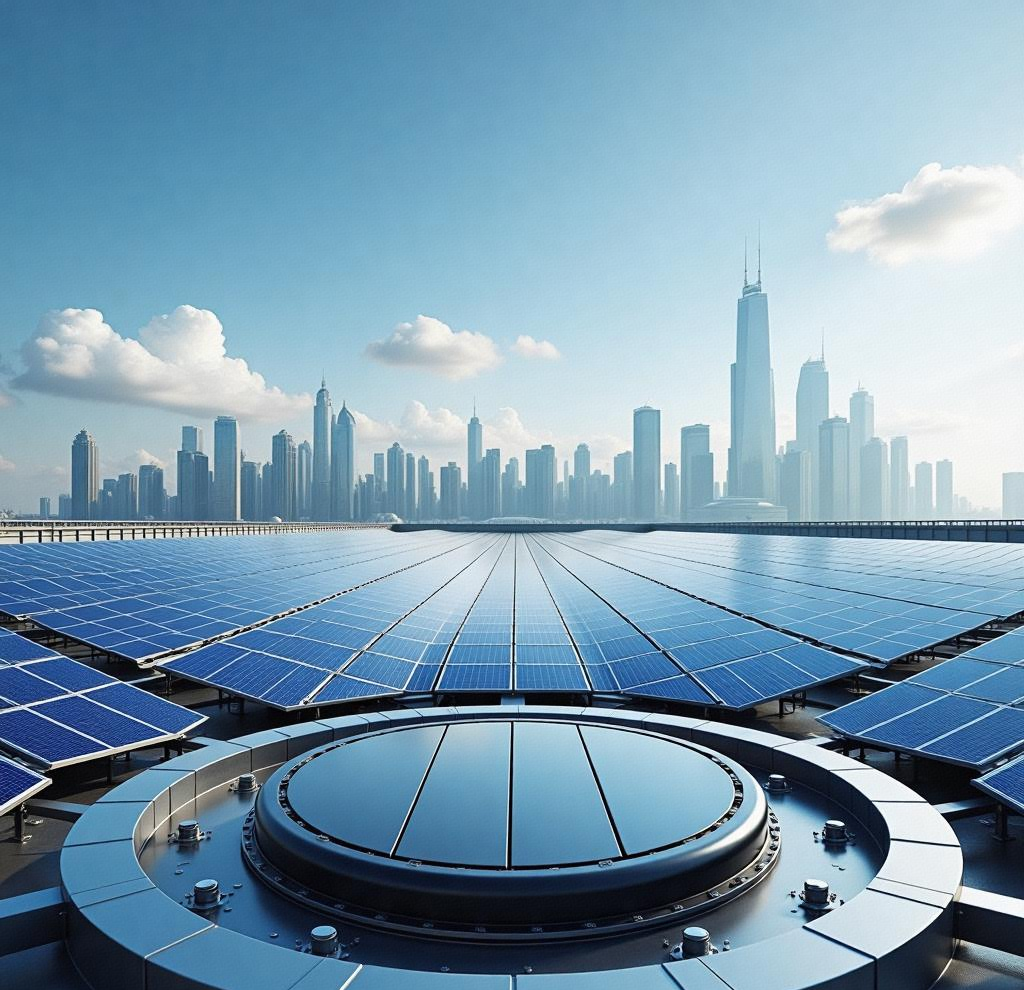Table of Contents
Introduction to Commercial and Industrial Energy Storage Systems
Commercial and Industrial Energy Storage Systems offer businesses stable, cost-effective power by storing electricity for peak use and outages. Ideal for energy-intensive operations, they enhance efficiency, support renewable integration, and reduce dependence on the grid.

Key Advantages of Energy Storage for Commercial and Industrial Sectors
Commercial and Industrial Energy Storage Systems (C&I ESS) provide compelling benefits for businesses aiming to cut operational costs, secure energy reliability, and achieve sustainability goals. These systems allow for strategic energy use, storing electricity during off-peak hours when it is cheaper and using it during peak demand. This not only reduces energy expenses but also shields businesses from fluctuating utility rates.
C&I ESS enhance reliability by providing backup power during grid failures, ensuring continuity for operations that can’t afford downtime—like manufacturing, data centers, and healthcare. They also allow integration with renewable energy sources, enabling businesses to store surplus solar or wind energy for later use, increasing self-consumption and reducing carbon emissions. Systems like those from Hicorenergy are scalable, compatible with most inverter brands, and built for harsh environments, ensuring long-term performance and adaptability across diverse industrial settings.
Types of Energy Storage Solutions for Commercial and Industrial Applications
There are several types of Commercial and Industrial Energy Storage Systems designed to meet different business needs—from modular battery racks and liquid-cooled cabinets to distributed energy solutions and smart monitoring platforms. Each offers flexible configurations and scalable capacities, keeping businesses powered, efficient, and future-ready.
How Energy Storage Enhances Energy Management in Commercial and Industrial Settings
Energy storage transforms energy management in commercial and industrial sectors by delivering control, resilience, and optimization. Commercial and Industrial Energy Storage Systems act as buffers between fluctuating demand and power availability. This capability is crucial in high-load facilities such as factories, shopping centers, and data infrastructure where even short outages can result in major financial and operational losses.
One of the primary functions of these systems is peak shaving. Utilities charge extra during high-demand periods, known as peak hours. By discharging stored electricity during these periods, energy storage systems significantly reduce demand charges, a major cost for C&I users. Load leveling and time-of-use optimization help spread energy consumption evenly, avoiding spikes and reducing stress on both the facility and the grid.
In terms of operational resilience, storage systems provide a reliable power backup. This is especially critical in regions with unreliable grids or frequent blackouts. With storage in place, mission-critical operations continue uninterrupted. Energy management systems that include battery storage also help businesses meet regulatory compliance and participate in energy programs like demand response.
Advanced systems from Hicorenergy, such as the Si Station 186 and SHV48100, are equipped with real-time monitoring, BMS protection, and remote diagnostics. These features allow facility managers to track usage, optimize battery performance, and preempt potential failures—all contributing to improved energy efficiency and system longevity.
Energy storage also enables intelligent load forecasting, especially when integrated with AI-powered building energy management systems. This predictive capability ensures smarter energy decisions, better alignment with market prices, and proactive responses to grid signals.
In multi-site commercial operations, centralized energy storage paired with smart control systems ensures consistent performance and efficiency across all locations. When connected to virtual power plants (VPPs), commercial facilities can even trade stored energy or provide support to the local grid, turning an operational tool into a revenue-generating asset.
Commercial and Industrial Energy Storage Systems are no longer optional—they are foundational for smart, resilient, and sustainable energy management in modern business environments.

Cost Reduction and ROI: The Financial Impact of Energy Storage Systems
Investing in Commercial and Industrial Energy Storage Systems yields significant financial returns by minimizing costs, generating new revenue streams, and improving energy independence. These systems contribute to both immediate savings and long-term ROI, making them financially compelling even in capital-sensitive industries.
The most direct impact is on electricity bills. C&I ESS lower peak demand charges by discharging stored energy during high-tariff periods, a strategy known as peak shaving. Depending on location and usage patterns, this alone can reduce monthly electricity bills by up to 30%. Time-of-use billing optimization—where businesses charge batteries during off-peak hours and discharge during peaks—adds another layer of savings.
Another ROI driver is demand response participation. In many regions, utilities pay businesses to reduce or shift their electricity use during high demand periods. With an energy storage system, companies can fulfill these requirements without disrupting operations. This not only generates income but strengthens relationships with grid operators.
The longevity and low maintenance requirements of lithium-ion battery systems also reduce lifecycle costs. Hicorenergy’s systems, including models like C5° and Si LV1, offer over 6000 cycles at high depth of discharge (90% DOD), with round-trip efficiencies above 95%. With a 10-year warranty and 20-year design life, the systems provide dependable value for decades.
Capital expenditure is offset by lower operational costs and government incentives. Many regions offer subsidies or tax credits for adopting clean energy technologies. Businesses using energy storage in conjunction with solar can claim both renewable and storage-specific incentives, accelerating payback periods.
Additionally, modular systems reduce initial financial barriers. Businesses can start small and expand capacity as needed. Hicorenergy supports this with scalable configurations that can grow with your energy demands, avoiding large upfront costs while aligning with budget cycles.
Finally, there’s an insurance-like value to energy reliability. Avoiding downtime can save tens or hundreds of thousands of dollars in lost revenue and equipment damage. For critical operations, that reliability becomes part of ROI.
The financial impact of Commercial and Industrial Energy Storage Systems is clear—they drive down energy costs, unlock new income opportunities, and provide a buffer against utility volatility.

Integrating Renewable Energy with Commercial and Industrial Storage Solutions
As sustainability becomes a business imperative, integrating renewable energy with Commercial and Industrial Energy Storage Systems is essential for achieving net-zero goals and energy independence. C&I ESS bridge the gap between intermittent renewable generation and consistent power demand, allowing businesses to fully capitalize on solar, wind, or hybrid systems.
Solar panels, for instance, generate most electricity during daylight hours when business demand may be low. Without storage, excess energy is wasted or sold back to the grid at a low feed-in tariff. With a storage system, businesses can store that energy and use it later—during peak hours, nighttime operations, or outages—maximizing self-consumption and reducing grid reliance.
Hicorenergy’s SHV48100 and Si Station 230 systems are tailored for these integrations. Designed for seamless coupling with PV arrays, they manage energy flow intelligently, enabling businesses to use renewable power when they need it most. These systems also support hybrid applications where solar, wind, and grid energy are used in tandem, offering optimal flexibility.
Off-grid applications in developing regions or remote sites benefit tremendously. With Hicorenergy’s C5° or modular Si LV1, off-grid installations gain stable power, even with unpredictable renewable input. These systems are equipped with real-time monitoring, predictive diagnostics, and smart BMS, ensuring performance in challenging environments.
Beyond cost and efficiency, integrating renewables with storage improves ESG (Environmental, Social, Governance) performance. Businesses reduce their carbon footprint, comply with environmental regulations, and enhance brand image—all increasingly important in stakeholder relations and investor assessments.
Furthermore, energy storage enables advanced functions like zero export control, allowing businesses to cap grid feed-in when local policies require it. Storage systems also play a role in frequency regulation and voltage support, enhancing overall grid stability.
By combining renewable energy with advanced storage, businesses unlock full green potential while achieving cost stability, energy autonomy, and strategic advantage.
Future Trends and Challenges in Commercial and Industrial Energy Storage

The future of Commercial and Industrial Energy Storage Systems is marked by rapid evolution, driven by technology innovation, policy shifts, and market demand. But alongside the growth are challenges that must be addressed to ensure wide-scale adoption and long-term viability.
A dominant trend is the move toward higher energy density and liquid cooling systems. These innovations address space and thermal management challenges in dense industrial settings. Hicorenergy’s Si Station 230 exemplifies this shift, offering 230kWh in a compact form with advanced cooling for better battery lifespan and safety.
Scalability and modularity will continue to be critical. Businesses want systems that grow with them. Hicorenergy’s product range—from the easily expandable Si LV1 to the stackable SHV48100—offers solutions that start small and scale massively, enabling long-term planning and capital efficiency.
AI and IoT are also shaping the industry. Predictive analytics, automated fault detection, and real-time optimization are becoming standard. Hicorenergy’s monitoring platforms support remote upgrades, real-time alerts, and data visualization, helping businesses manage energy systems proactively.
Challenges persist. Supply chain volatility—exacerbated by geopolitical risks—can delay deployment. To mitigate this, Hicorenergy maintains multi-regional production and warehousing hubs, ensuring quicker delivery and supply continuity.
Policy and regulatory frameworks vary across regions. While some offer subsidies and feed-in incentives, others are still developing supportive policies. Flexibility in product compliance and customization—as offered by Hicorenergy—becomes vital for navigating diverse markets.
Battery end-of-life and recycling are rising concerns. Forward-thinking providers are exploring second-life applications and sustainable disposal practices. Future regulations may mandate closed-loop systems, making it essential for vendors and users alike to consider environmental impact from day one.
Despite the hurdles, the path ahead is promising. Innovations in battery chemistry, hybrid systems, and grid services will expand the role of C&I ESS from backup power to central energy assets. Companies that invest today will not only secure operational advantage but also position themselves as leaders in the green economy.
Conclusion
Hicorenergy provides smart, scalable Commercial and Industrial Energy Storage Systems tailored to your business needs. Contact us :
-scaled.png)
